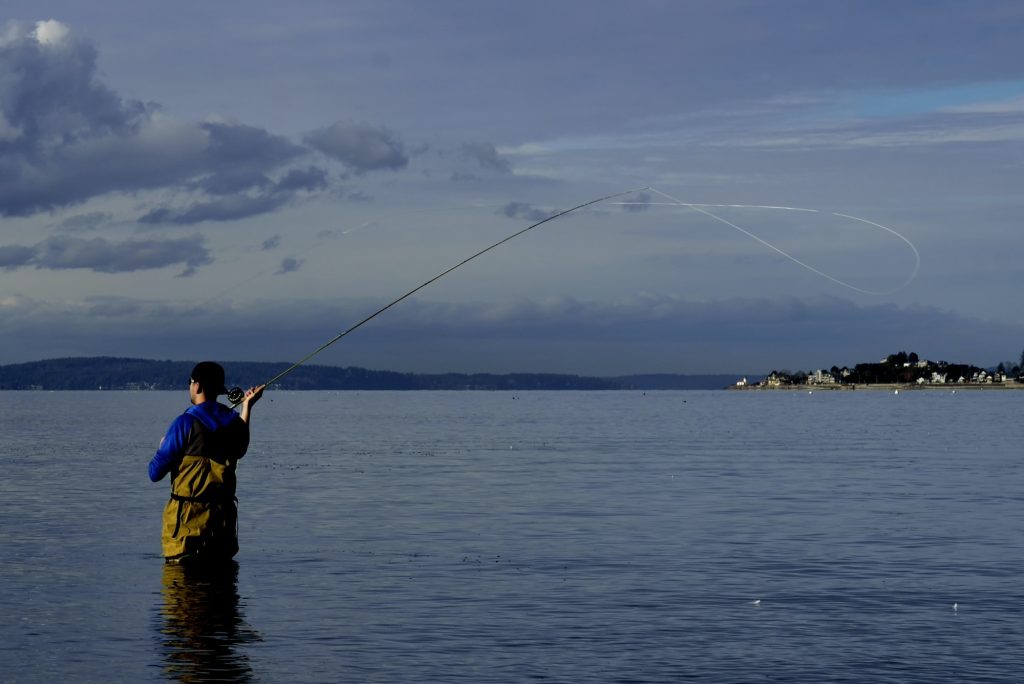How to Select the Right Rod for Your Needs

Introduction
Realizing that choosing fly fishing rods is a critical decision that can greatly influence your fishing experience, will ensure that you do your homework properly. The correct rod will balance with your reel, suit the type of fishing you plan to do, and match your skill level. This guide provides informative tips on choosing a fly fishing rod, ensuring that you find the perfect match for your needs.
Understanding Rod Specifications
Rod Length
- General Guideline: Rods typically range from 7 to 10 feet. Shorter rods are better for tight spaces and smaller streams, while longer rods provide better line control and are suited for larger bodies of water.
- Personal Preference: Consider your fishing environment and personal casting style when deciding on rod length.
Rod Weight
- Matching the Species: Rod weight is crucial and should match the type of fish you’re targeting. Lighter rods (2-4 weight) are ideal for smaller fish like trout, while heavier rods (6-12 weight) are suitable for larger species like salmon or saltwater fish.
- Fly Size: Heavier rods can cast larger flies, so consider the flies you’ll be using.
Rod Action
- Action Types: Rods come in fast, medium, and slow actions. Fast-action rods bend mostly near the tip, medium-action rods bend through the top half, and slow-action rods bend throughout the entire length.
- Skill Level and Preference: Fast-action rods are often preferred for their power and distance, while slow-action rods offer more precision and a gentler presentation. Beginners may find medium-action rods more forgiving and easier to learn with.
Material and Construction
Graphite vs. Fiberglass
- Graphite Rods: Known for their power and sensitivity, graphite rods are popular among many anglers. They are lightweight and offer excellent performance in a variety of conditions.
- Fiberglass Rods: Fiberglass rods are more flexible and durable, providing a classic feel. They are typically slower action and are great for delicate presentations.
Build Quality
- Craftsmanship: Pay attention to the quality of the construction, including the guides, ferrules, and the handle. A well-built rod will offer better performance and longevity.
Additional Considerations
Budget and Brand
- Cost vs. Quality: Balance your budget with the quality of the rod. It’s often worth investing in a better-quality rod for enhanced performance and durability.
- Brand Reputation: Consider reputable brands known for quality and customer service.
Trying Before Buying
- Hands-On Experience: If possible, test different rods to see how they feel and perform. Many shops offer demo rods for this purpose.
Conclusion
Choosing the right fly fishing rod is a personal decision that depends on your fishing style, target species, and environment. Consider the length, weight, action, and material of the rod in relation to your specific needs. Remember, the best rod for you is the one that feels right in your hands and suits your fishing style.
In this guide, we’ve explored key factors in selecting a fly fishing rod, aiming to provide you with the knowledge to make an informed decision. Your rod is your primary tool in fly fishing, and finding the right one can greatly enhance your enjoyment and success on the water. Happy fishing!

